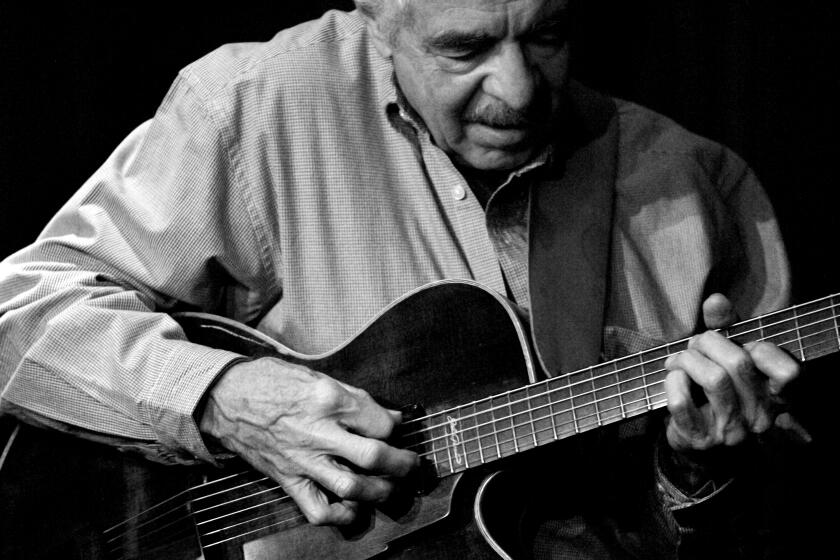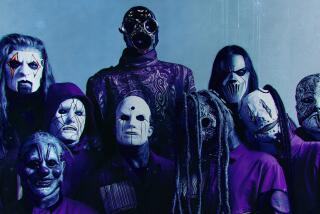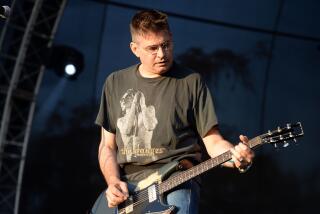David Sanborn, influential saxophonist whose work spanned genres, dies at 78
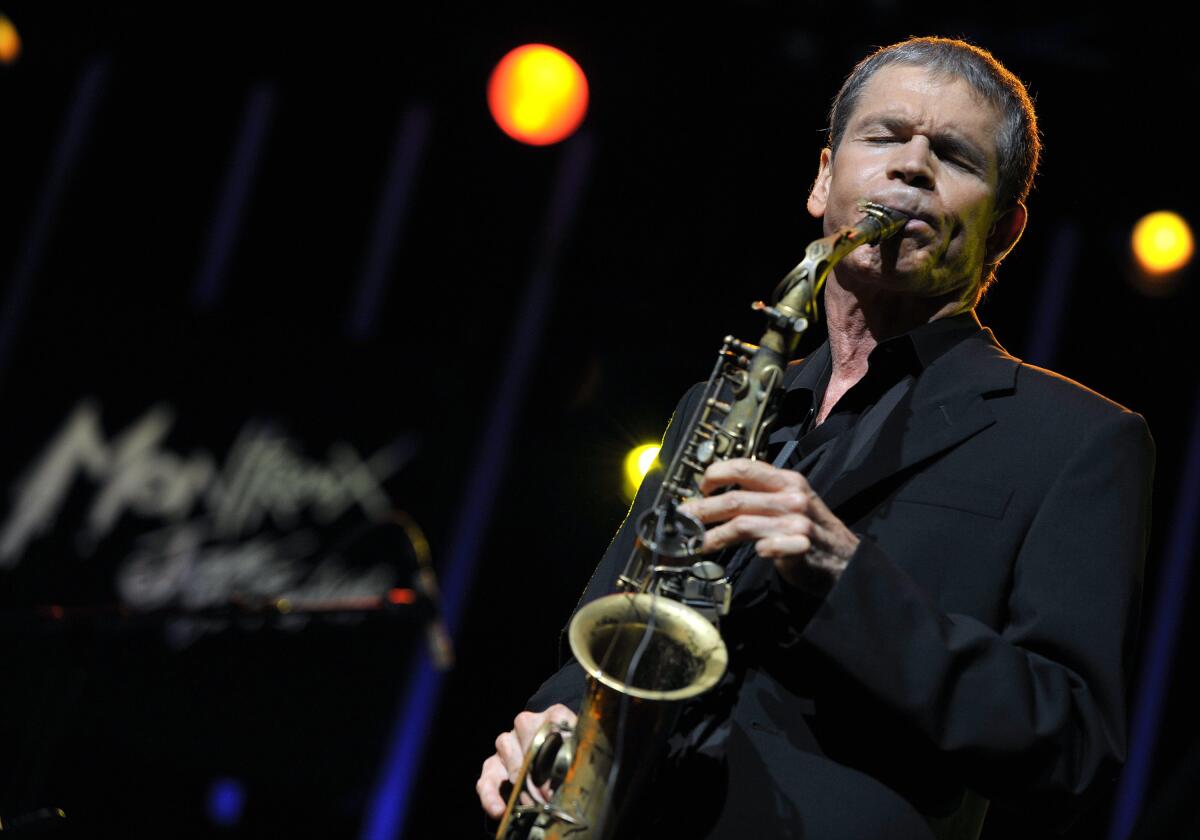
David Sanborn, the influential saxophonist whose Grammy-winning career included collaborations with Stevie Wonder and David Bowie, has died. He was 78.
Sanborn died Sunday afternoon âafter an extended battle with prostate cancer with complications,â his team said Monday in an announcement shared to his social media pages. A representative for Sanborn confirmed the details to The Times.
âMr. Sanborn had been dealing with prostate cancer since 2018, but had been able to maintain his normal schedule of concerts until just recently,â his team said in an X (formerly Twitter) thread. âIndeed he already had concerts scheduled into 2025.â
Pisanoâs career spanned seven decades and included sharing the stage or recording studio with many jazz luminaries, including Chico Hamilton, Herb Alpert, Peggy Lee and Frank Sinatra.
Sanborn was known for luxurious saxophone melodies on songs including âMaputo,â but his sound â informed by R&B and global funkâ and his legacy extended far beyond his jazz roots. Often perceived as a âsmooth jazzâ artist, Sanborn loathed that term.
âI sometimes get looped in with jazz musicians because I play sax and improvise,â Sanborn told The Times in 1996. âBut if you know my music, you wouldnât confuse it with jazz. There are certain stylistic and rhythmic elements that keep me from being in that category.â
Sanbornâs vast roster of elite session work and high-profile collaborators proved his range of influences. Stevie Wonder, the Rolling Stones and David Bowie were among Sanbornâs collaborators early in his career. After going solo in 1975, Sanborn worked with musicians including Paul Simon, James Taylor, Luther Vandross and Eric Clapton, according to his website.
Pop music: Alto saxophonist argues that heâs not a jazzman, but someone who blends various styles. He also questions the need for so many different categories.
Among pop and R&B fans, Sanborn is best known for his work on Wonderâs âTalking Book,â Bowieâs âYoung Americansâ and records by Bonnie Raitt and Chaka Khan.
Over the course of his career, Sanborn earned 16 Grammy Award nominations and six wins, including honors for his albums âStraight to the Heartâ and âDouble Vision,â a collaboration with keyboardist Bob James. Sanborn released 25 albums, including eight that went gold and one that achieved platinum status.
âDavid Sanborn was a seminal figure in contemporary pop and jazz music,â Mondayâs statements added. âIt has been said that he âput the saxophone back into Rock ân Roll.ââ
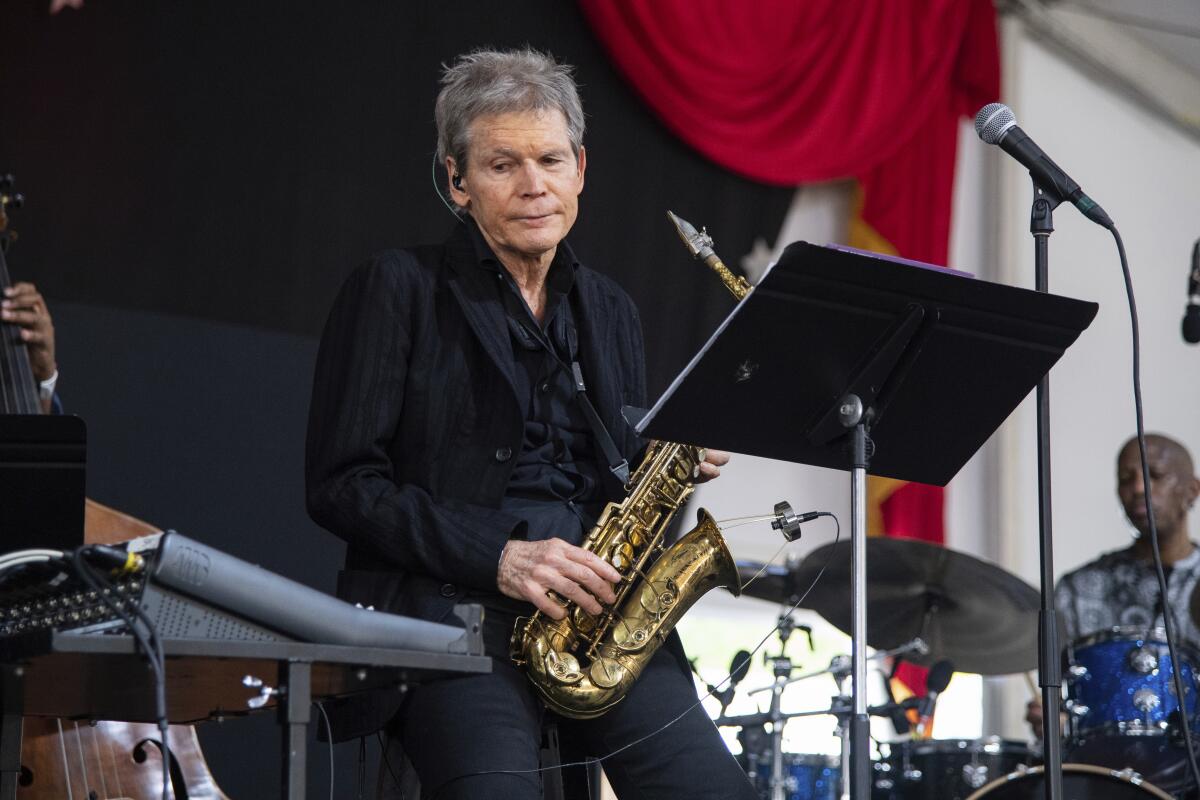
Sanbornâs passion for the saxophone can be traced back to his childhood. Born in 1945 in Tampa, Fla., he contracted polio as a toddler and music was part of his treatment. By the time he graduated from the University of Iowa, Sanborn had played with guitarist Albert King and studied with studied saxophonist J.R. Monterose.
After joining the Paul Butterfield Blues Band in the 1960s (he performed with them at Woodstock), Sanborn began a long, fruitful partnership with Miles Davisâ arranger Gil Evans. Then in 1975, the release of âTaking Offâ marked the beginning of Sanbornâs solo career.
His 1980 LP âHideawayâ was steeped in funk and raw production (the track âThe Seductionâ was a theme for the film âAmerican Gigoloâ) and kicked off a decade-long bestseller streak that included 1981âs âVoyeurâ and âAs We Speak,â 1983âs âBackstreet,â 1984âs live LP âStraight to the Heartâ and 1988âs âClose Up,â which incorporated electronics.
In 1991, Sanborn released âAnother Hand,â perhaps his most beloved album among core jazz traditionalists. The project featured an incendiary band with Bill Frisell, Charlie Haden and Marc Ribot. Later in his career, Sanborn returned to his genre-expansive roots on albums like 2015âs âTime and the River,â an acclaimed LP that spanned Latin, African and soul rhythms. âThis Masquerade,â released in 2018, was Sanbornâs most recent solo album.
David Sanborn practices safe sax. Revolutions are not his style.
For the record:
12:07 p.m. May 14, 2024An earlier version of this story said âNight Music,â also known as âSunday Night Live,â was broadcast from 1998 to 1990. It ran from 1988 to 1990.
Beyond music, Sanborn pursued a variety of TV and film opportunities. From 1988 to 1990, he and pianist Jools Holland co-hosted the late-night TV series âNight Musicâ (also known as âSunday Night Liveâ), which platformed musicians including Sonny Rollins, Sun Ra and Sonic Youth. That show was produced by âSaturday Night Liveâ creator Lorne Michaels.
He regularly hosted the âAfter New Yearâs Eveâ TV special on ABC and fronted his own syndicated jazz program. The saxophonist wrote scores for the âLethal Weaponâ film franchise and frequently joined David Lettermanâs live band. He also hosted the podcast âAs We Speakâ from WBGO Studios.
Sanborn, who channeled and contributed to a wide range of genres and mediums, brushed off the need for labels during his 1996 interview with The Times
âIf you shut out music because it doesnât fit your preconceived listening patterns, youâre cheating yourself,â he said. âOpera, country, outside music, commercial music ... if you like it, itâs good. If it has meaning, use it.â
Sanborn is survived by his wife, Alice Soyer Sanborn, their son, Jonathan Sanborn, and daughter-in-law, Rosie Sanborn. Survivors also include two granddaughters, his sisters Sallie Sanborn and Barb Sanborn, brother-in-law Steve Friedman and nephew Noah Friedman. Donations in Sanbornâs memory can be made to St. Jude Childrenâs Research Hospital.
Times staff writer August Brown contributed to this report.
More to Read
The biggest entertainment stories
Get our big stories about Hollywood, film, television, music, arts, culture and more right in your inbox as soon as they publish.
You may occasionally receive promotional content from the Los Angeles Times.
